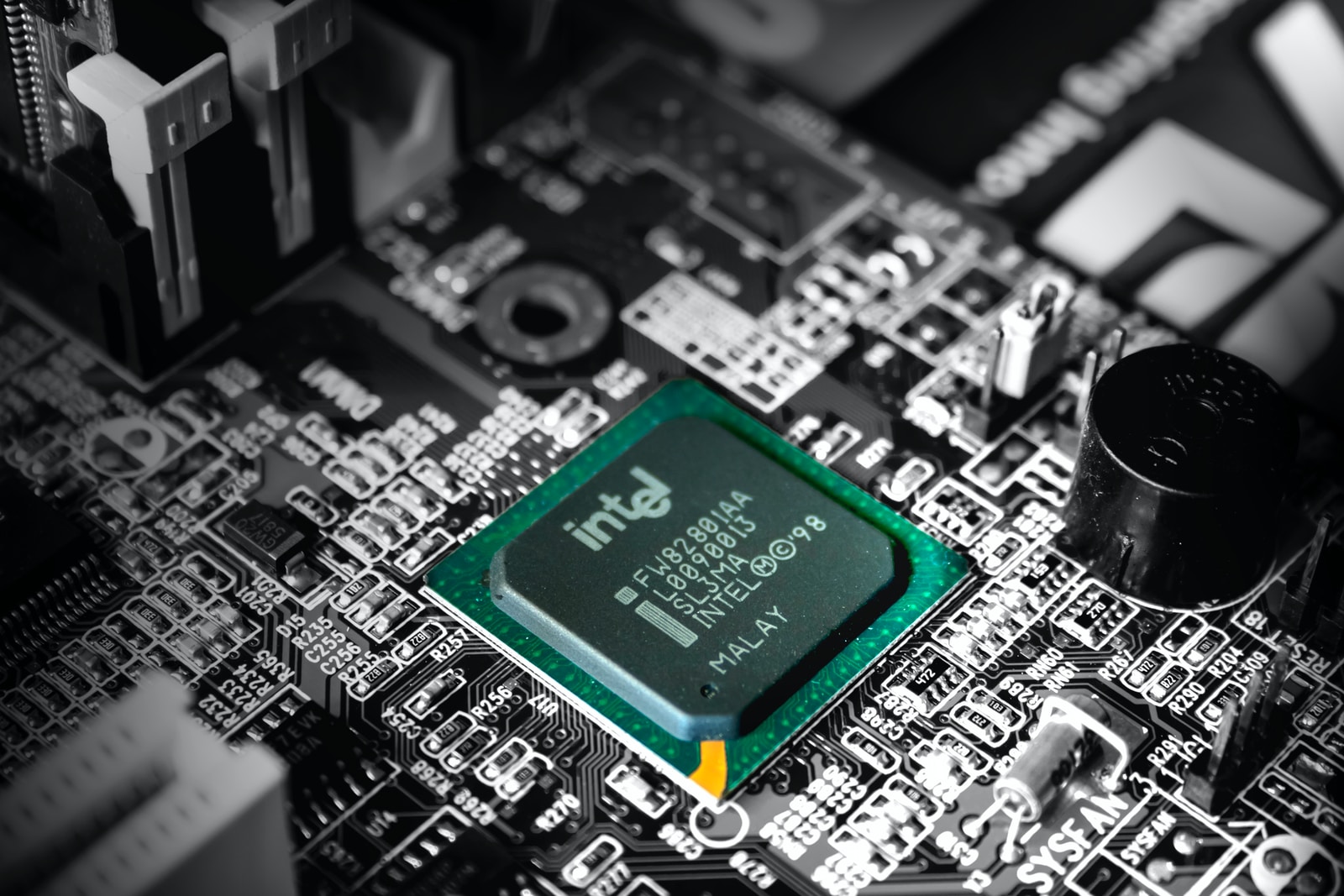It seems that the idea of subscription payment to obtain a service has gained a lot of ground not only in streaming content, but also in the way in which video games sell you additional content in order to maximize their profits.
And given this, it seems that Intel has found a window in which it will be able to maximize its profits not only by selling its processors, but now it also claims that more must be paid to unlock additional functions in them.
With its new model called “PAYG” (Pay-As-You-Go) and the SDSi (Software Defined Silicon) mechanism, Intel plans to add functionality to Xeon CPUs which should be able to be officially integrated into Linux 5.18 if no problems arise.
With it Linux 5.18 is the next major kernel version in which the “Sapphire Rapids” processors or the Xeon Alder Lake chips could be the first SDSi compatible processors.
Software Defined Silicon (SDSi) is a mechanism for enabling additional silicon functionality in server processors already produced and implemented through software. In other words, SDSi allows users to add features to a CPU after purchasing it.
Pay As You Go (PAYG) is a billing method for utility computing aimed at organizations and end users. A PAYG user is charged for the computing resources provided, rather than the actual resources.
It’s unclear at this point how it will work with Xeon CPUs and what it will enable, but some sources say some guesses are possible. Each generation of Intel Xeon processors adds multiple features to make Intel’s server platform more versatile.
For example, in addition to microarchitectural improvements and new instructions, Intel’s Xeon Scalable CPUs (multiple generations) have added support for up to 4.5 TB of memory per socket, network functions virtualization, “Speed Select” technology » and large SGX enclaves, to name a few.
Additionally, there are models optimized for search, VM density, infrastructure as a service (IaaS), software as a service (SaaS), liquid cooling, media processing, and more. With its fourth-generation “Sapphire Rapids” Xeon Scalable processors, Intel plans to add even more specialized features for particular use cases.
The reason Intel intends to implement this is because there are currently many products where Intel Xeon Scalable processors are essentially the same in core counts and clocks/TDP, with various features simply disabled and which it doesn’t see the case for creating diferent models. Based on reviews, Intel certainly makes money by offering workload-optimized SKUs.
However, disabling certain features of certain models and then marking them appropriately and shipping them separately from other SKUs (shipped to the same customer) is expensive; this can add up to tens of millions of dollars per year in additional logistics costs, not to mention added confusion to the wide range of products.
But what if Intel only offered entry-level models of its Xeon Scalable processors and then allowed customers to purchase the additional features they needed and enable them through a software update?
That’s what SDSi allows Intel to do. Other use cases include literal upgrades to certain features as they become necessary and/or reuse of existing machines. For example, if a data center needs to reconfigure processors in terms of clocks and TDPs, it could purchase that capacity without changing its server or processor. Intel has yet to reveal the full details of SDSi and its exact plans for the mechanism, but at this point we’re pretty sure the technology will show up soon.
Intel began rolling out Linux patches to enable SDSi functionality in the kernel last September. To date, several sets of fixes have been released and it looks like they will be added to Linux version 5.18, due out this spring. A person with knowledge of Intel’s plans confirmed this.
Hans de Goede, a long-time Linux developer who works at Red Hat on a wide range of projects related to hardware enablement, said that SDSi will be included in Linux 5.18 if all goes according to plan.
“Assuming no major issues are found, the plan is definitely to have it ready before the 5.18 merge window,” he said.
Although formal support for this feature is planned for Linux 5.18 and will be available in the spring, Intel has not revealed what exactly it plans to enable through its upgrade model for its new PAYG processors.
Finally, we could say that this new modality of Intel, Good or Bad? It all depends on the perspective and points of view, but in the end, the final consumers are the ones who will mark if the path that Intel plans to take is the correct one.
The content of the article adheres to our principles of editorial ethics. To report an error click here.



